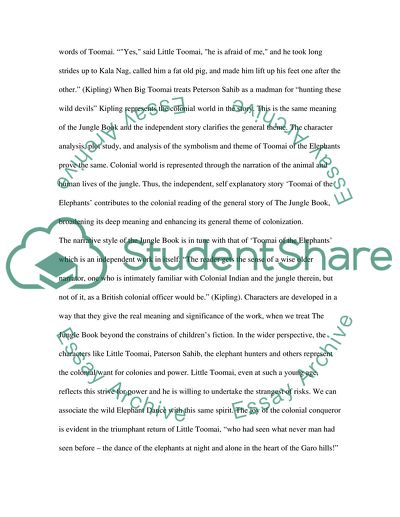Cite this document
(“Nation in the Jungle: Toomai of the Elephants Essay”, n.d.)
Retrieved from https://studentshare.org/literature/1542703-nation-in-the-jungle-toomai-of-the-elephants
Retrieved from https://studentshare.org/literature/1542703-nation-in-the-jungle-toomai-of-the-elephants
(Nation in the Jungle: Toomai of the Elephants Essay)
https://studentshare.org/literature/1542703-nation-in-the-jungle-toomai-of-the-elephants.
https://studentshare.org/literature/1542703-nation-in-the-jungle-toomai-of-the-elephants.
“Nation in the Jungle: Toomai of the Elephants Essay”, n.d. https://studentshare.org/literature/1542703-nation-in-the-jungle-toomai-of-the-elephants.


